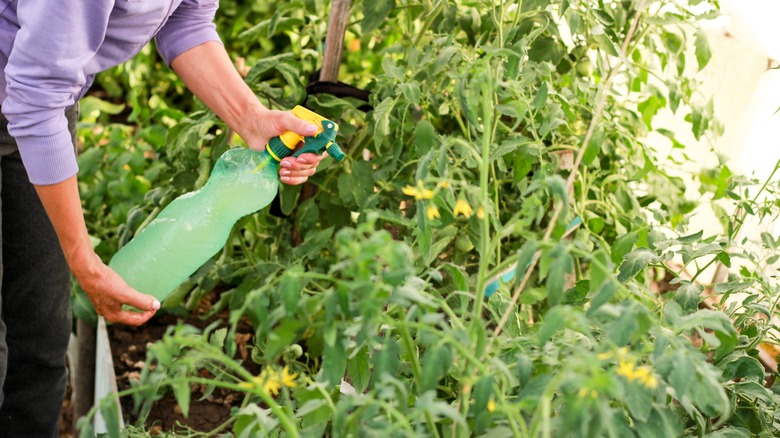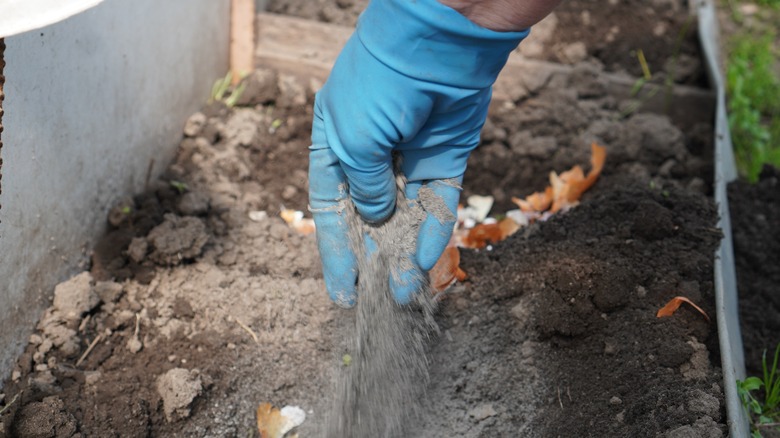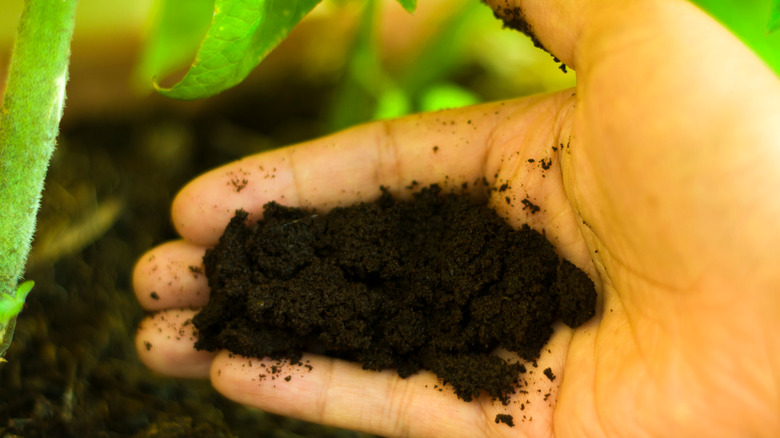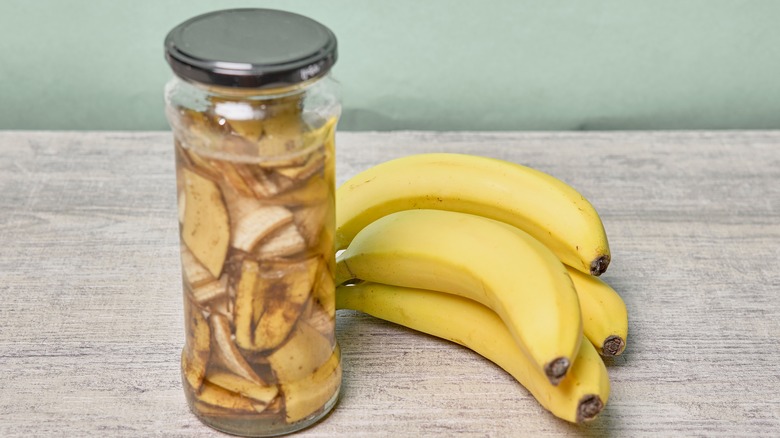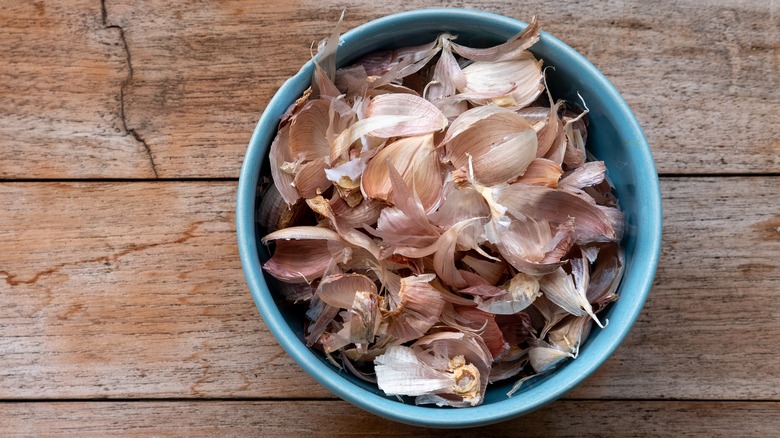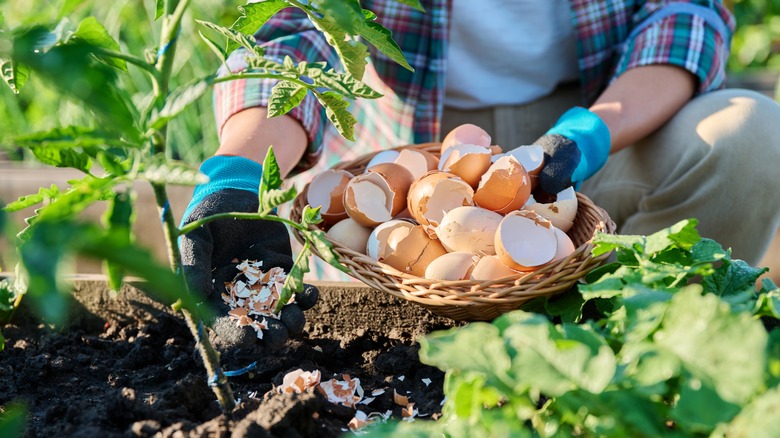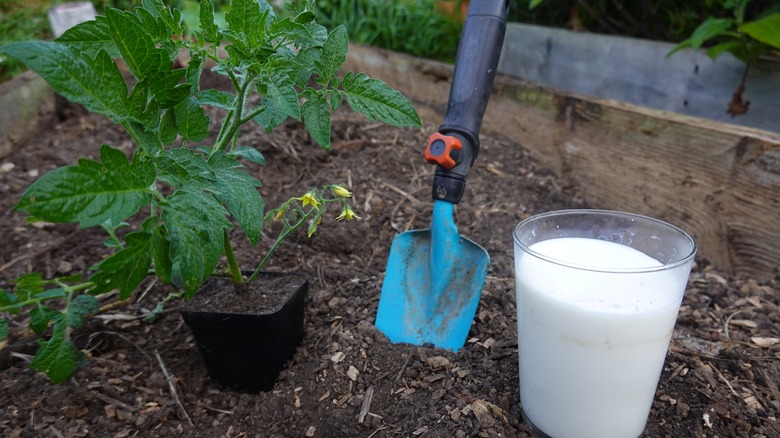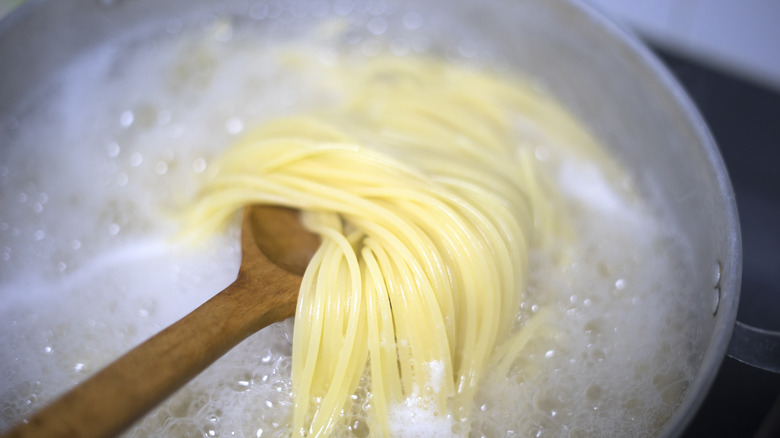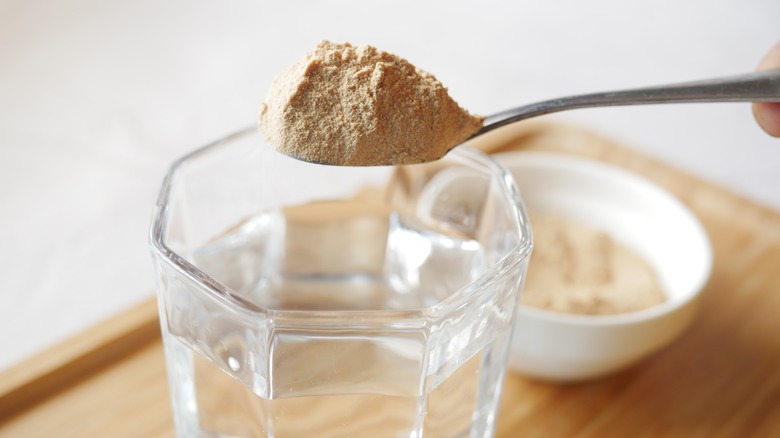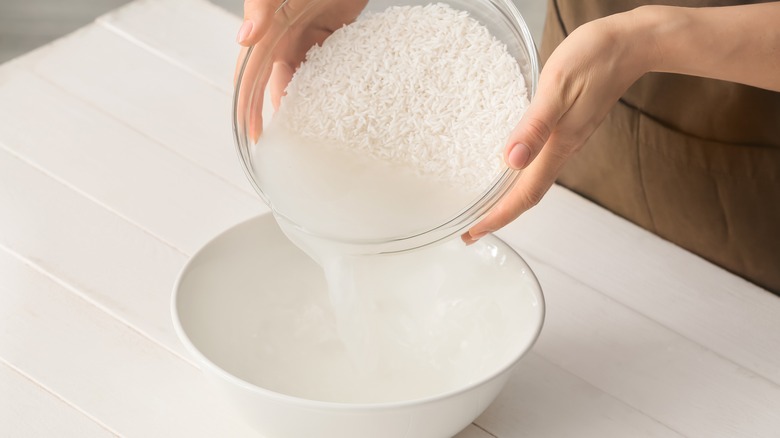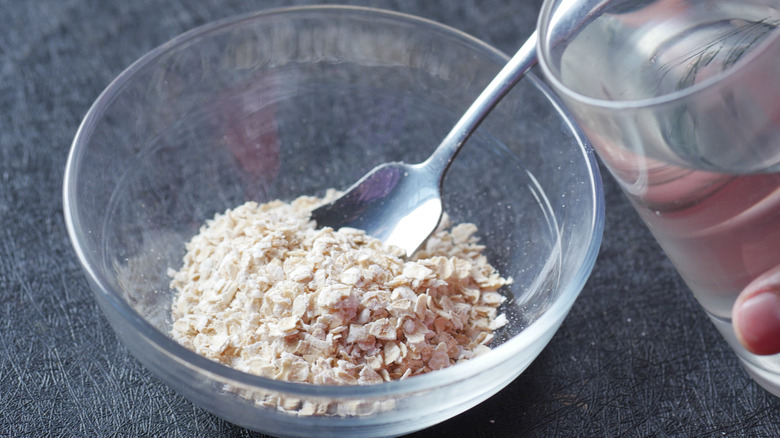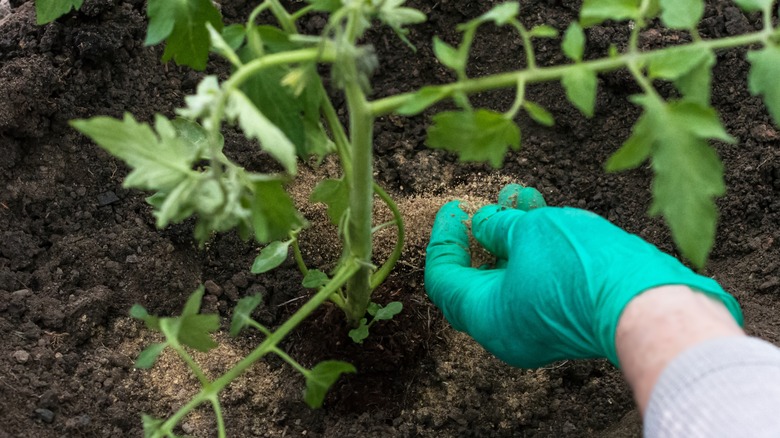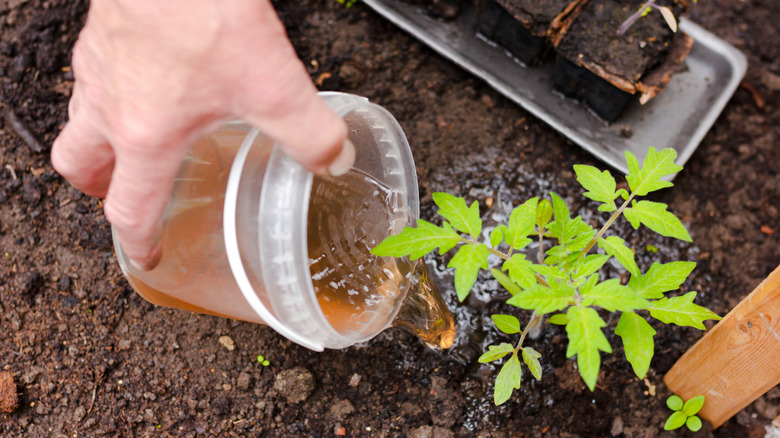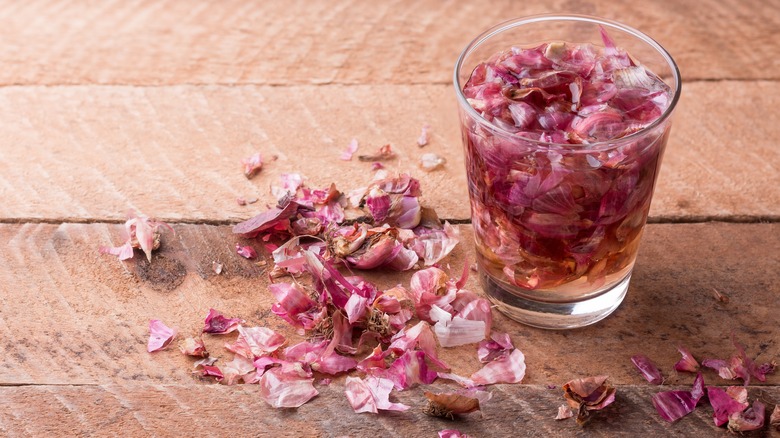13 DIY Tomato Fertilizers That Will Help Your Plants Thrive
If you ask any gardener what they are growing each year, you are bound to hear tomatoes at the top of the list. In fact, they are the most popular vegetable grown in home gardens. Still, getting the conditions correct for your tomato plants to thrive and produce a bountiful harvest requires some leg work on your part. One of the most important steps when growing tomatoes is fertilizing the soil with the proper nutrients and keeping it healthy throughout the season.
The best soil for growing tomatoes has a neutral pH between 6.5 and 7.0. To test the pH and determine the mineral levels in your soil, you may want to do a soil test to find out exactly what is lacking before you plant. Tomato plants require a fertilizer that is higher in certain minerals, such as phosphorus and potassium while being lower in nitrogen. You may be surprised to learn some household items that can be used as a natural fertilizer for your tomato plants include eggs, bananas, rice, and coffee. So, if you're like many gardeners out there and prefer to use natural fertilizers to nourish your plants, look no further than your very own home.
1. Wood ash
Adding wood ash onto your garden soil is a great natural fertilizer for your tomato plants. Wood ash will ensure your tomato plants have a high yield of fruit for harvest by adding nutrients such as potassium, calcium, and magnesium to the soil. A wood-burning fireplace in the home or a backyard fire pit are both perfect places to gather ash for the garden. Just be sure you are using natural wood like oak or hickory while avoiding charcoal ash or wood treated with harmful chemicals.
2. Coffee grounds
If you want to give your tomato plants some extra nutrients, add coffee grounds to the soil. Coffee grounds give tomato plants a boost by improving the soil conditions. Brewed coffee grounds add a minor amount of nitrogen and small quantities of potassium, phosphorus, calcium, and magnesium. However, if your soil already has high levels of nitrogen, then it's best to avoid adding coffee grounds. You can sometimes find bags of free coffee grounds at local coffee shops; just store them tightly in containers until you are ready to add them to the soil.
3. Banana peel water
Adding banana peel water to your tomato plants is one of those gardening hacks that will give you an instant green thumb. Banana peels contain potassium (as well as calcium and magnesium), which tomato plants love. To make the natural fertilizer, cut up banana peels and soak them in a jar with water for one week. After that, remove the peels, and the remaining liquid can be used at the base of the plant. Alternatively, cut up the banana peels and bury them in the soil near the base of the plant.
4. Garlic peel water
If you like to use garlic in your cooking, then be sure to save this garlic peel hack that will do wonders in your garden. Garlic peels make for a great organic fertilizer for your tomato plants because they are high in magnesium, potassium, and calcium. To make your fertilizer, place leftover garlic peels in a bowl, add in some water, and set aside for three days to let the nutrients steep out. Then, you can strain the bowl and add the water to your tomato plants for a natural nutrient boost!
5. Eggshells
Sometimes, tomato plants tell us that they are lacking in calcium by developing a disease called Blossom End Rot. So, if your tomatoes start to develop nasty dark spots and become sunken and leathery, try adding eggshells to the soil. High in calcium, eggshells are a convenient source of calcium in the kitchen. To do this, rinse leftover eggshells, let them dry in a container or by a sunny windowsill, and then crush them into fine bits. Add this natural fertilizer to the base of your tomato plant for an organic fertilizer.
6. Milk
While we are on the topic of adding calcium to our tomato plants, let's talk milk. Milk may just be the secret ingredient you need for thriving tomatoes. High in calcium, potassium, and nitrogen, using milk on your tomato plants can help increase the yield at harvest. To make a good solution, dilute your milk with water before pouring the mixture on the soil around your plants. You can also use the solution as a spray to mist the leaves in hopes of increasing production and protecting the plant against disease.
7. Pasta water
Pasta is another inexpensive item found in most households that you can transform into a natural fertilizer for your tomato plants. This household staple is full of minerals such as calcium and phosphorous, which can help plants grow faster. Simply boil your pasta in water, strain it, and let the remaining water cool down completely before you pour it over the soil around the plant. The only caveat to using pasta water on your tomato plants would be to avoid using salted water. Too much sodium can cause harm to plants if used for long periods.
8. Dry yeast
An excellent way to feed tomato plants is an item you most likely have in your pantry. Dry yeast has been proven to be a great way to promote flowering and fruit ripening. Ideally, pour this solution onto the soil when planting so that the root system thrives. To make the solution, use approximately 10 ounces of warm water, ¼ teaspoon of dry yeast, and 1 tablespoon of sugar to speed up the fermentation process. Once the solution is mixed, dilute it with a liter of water and use it as a natural supplement for your tomato plants.
9. Rice water
Another natural fertilizer for your tomato plants that you can make with an ingredient you likely already have in the kitchen is rice water. By soaking rice in water, you can extract nutrients such as starch, phosphorous, and magnesium. This mixture is great for promoting healthy soil, plant growth, and more fruit to harvest. You can use dry rice soaked for about 5 hours in water. After that, strain out the infused water and pour in a little bit more water to dilute the solution. Pour this on the soil around your tomato plant and watch them grow!
10. Oat water
If you want to help stimulate root development in your tomato plants and improve the nutrients in the soil, use oat water. Rich in minerals such as potassium and phosphorous, oat water is another easy DIY fertilizer for helping your tomato plants thrive in the garden. Similar to making rice water fertilizer, soak dry oatmeal in water for about five hours. After you've strained it, add extra water to dilute the solution. Pour it over the soil around your tomato plants at any stage of development so that they get essential nutrients for growth.
11. Bone meal
Full of phosphorous and calcium, bone meal is a fertilizer that helps increase the blooms on your plants and aid in root development. To make your own bone meal, you will need to grind up animal bones such as chicken or turkey. First, clean the bones of meat and cartilage and cook them in a large pot of water for six hours. Once you have them softened, use a blender to grind up the bones, dry them, and use a mortar and pestle to really get the bones to a powder for use in the soil.
12. Fish emulsion
Fish emulsion is a great natural fertilizer and has many nutrients tomato plants require, like nitrogen, phosphorous, potassium, and calcium. While the odor may be an issue for indoor plants, using the fertilizer in your garden is a better idea. To make the fertilizer, fill a 5-gallon bucket with equal amounts of fish parts, sawdust, 1 cup of molasses, and water. Next, cover the bucket with a ventilated lid, stir every day for two weeks, and then strain the liquid. Dilute the fertilizer by adding 1 tablespoon of mixture to 1 gallon of water.
13. Onion peels
Similar to the garlic peel fertilizer, onion peels are another great food scrap that can be used to fertilize your garden. To make the fertilizer, take your leftover onion peels and soak them in a canister full of water for about 3 days. Then, pull out the peels and use the remaining infused water as a fertilizer to pour over the tomato roots. Full of calcium, magnesium, and potassium, this fertilizer will especially help in the rooting process for your tomato seedlings so they are able to get a great start before you transplant them into the garden.
